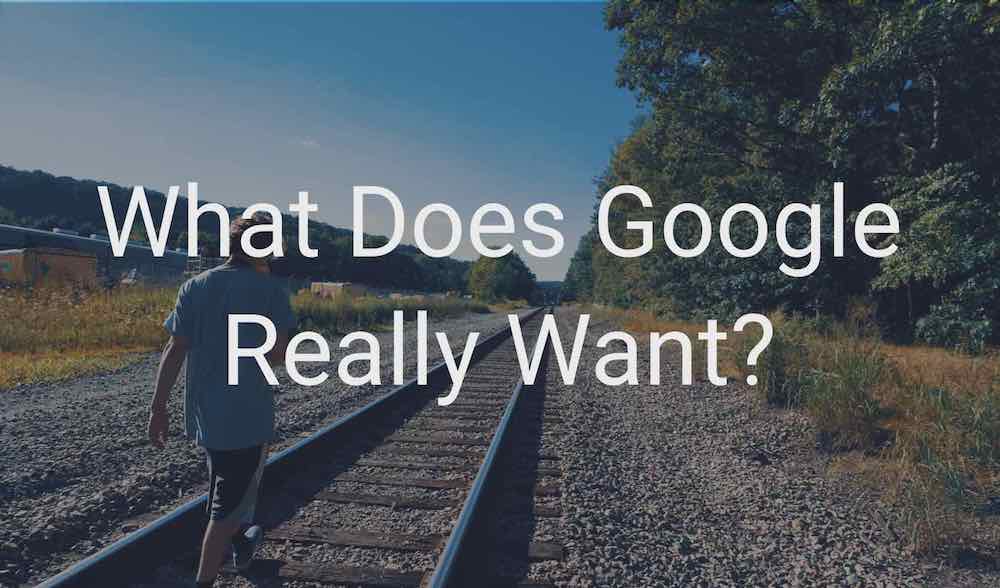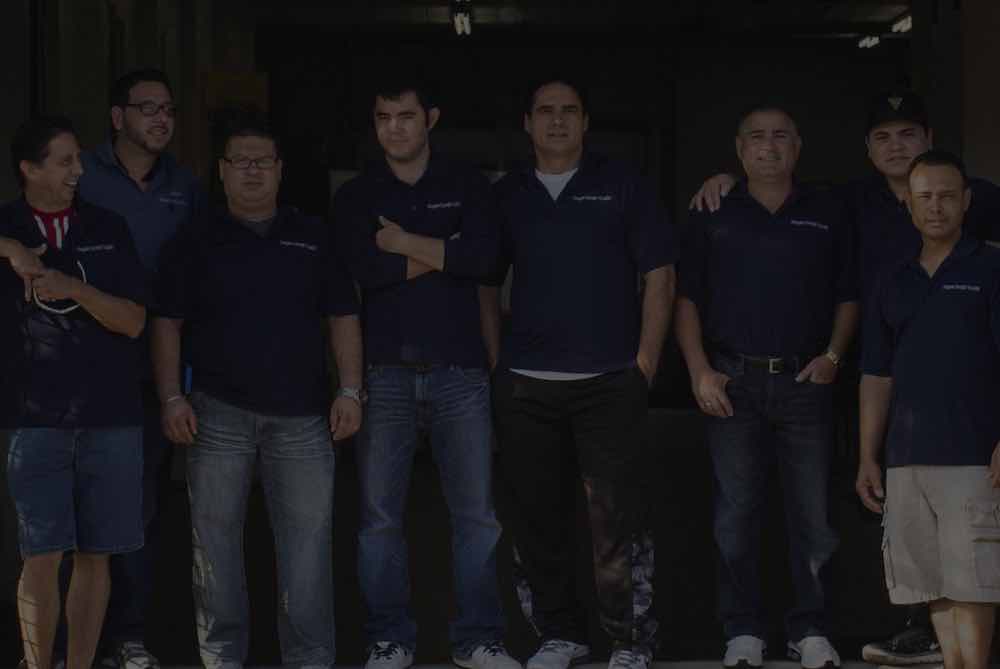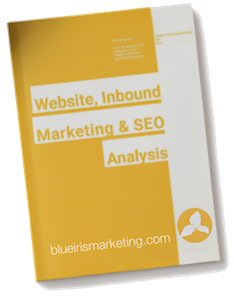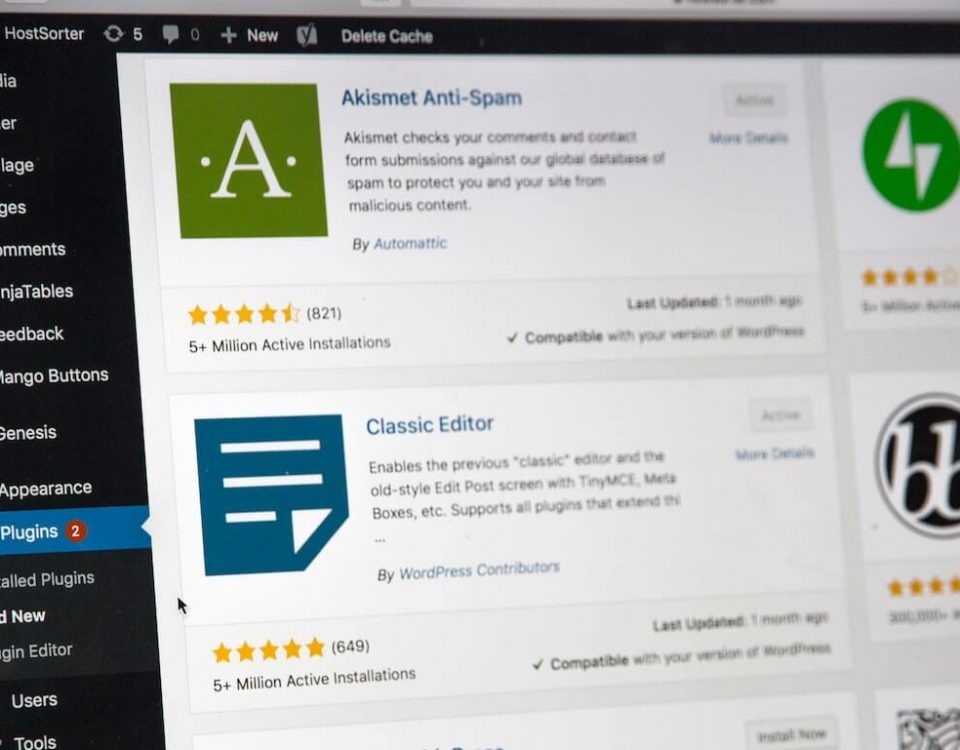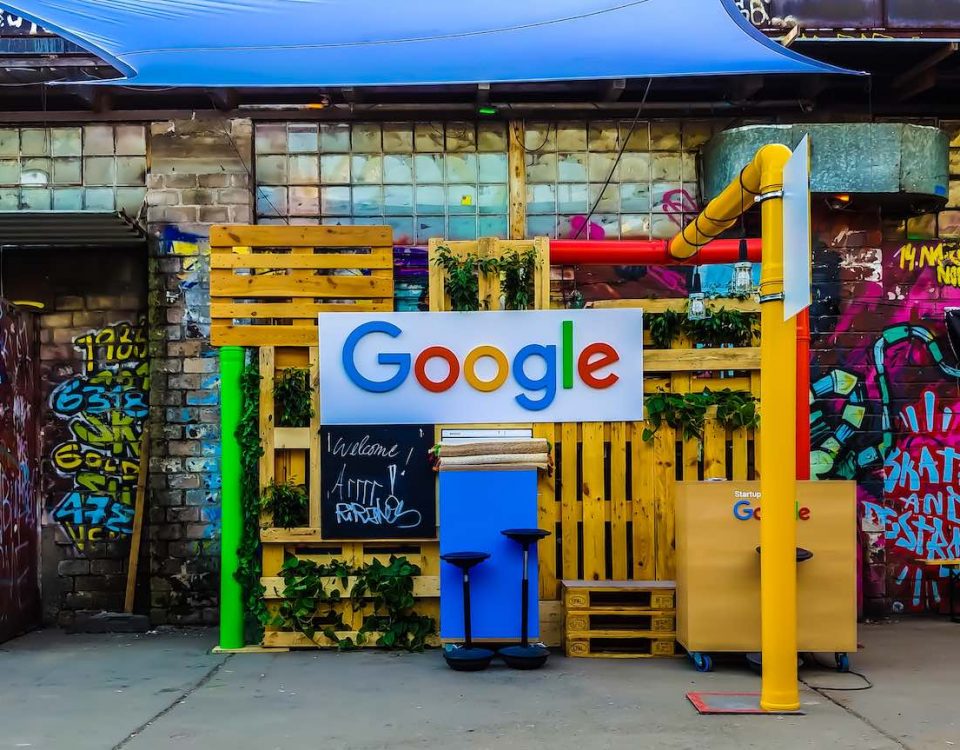What is a “Click-through Rate?”
Put simply, this is the number of people who click on your search engine result and then land on your web page, landing page or advertisement.
The click-through rate is the life blood of your website. If your page doesn’t rank high enough in the search engines, no one is going to see it. Therefore, no one can click on it.
Think about it, how often do you actually type out a web address in the address bar in your browser? Aside from a handful of well-known sites like Google, eBay or Facebook most will be visited via a search through Google. A click here means, as you’d expect, a click on a link taking someone to a website. The click-through rate is how often a link is clicked on compared to how many times the link appears in search rankings.
For instance, if the link to your site appears in Google’s search results 100 times and those doing the searching then go on to click it 50 times then you’d have a click-through rate of 50%.
There are more than 200 ranking factors that determine your search engine results. The top two factors are:
- Highly relevant, high quality and quantity content
- High-quality backlinks
- RankBrain
The following very influential elements are on the short list of most important search engine ranking factors:
- Clicks and click-through rate
- Bounce rate or time spent on your page
What you’ll learn in this article
- What a clickthrough rate is
- Why a high click-through rate is important
- The elements responsible for achieving high search engine rankings
- How to create a compelling results headline
- How to improve your clickthrough rate
When you’ve finished reading this article you’ll have actionable steps to improve your clickthrough rate and your search engine ranking results.
What’s a search query?
You’re kidding me?? Ok, ayeayayyy… for anyone who’s been in a coma for the last 22 years, a search query is the words typed into a search engine used to find whatever it is you’re searching for… For instance, “Seattle coffee shops” would be a search query for finding coffee shops in Seattle.






